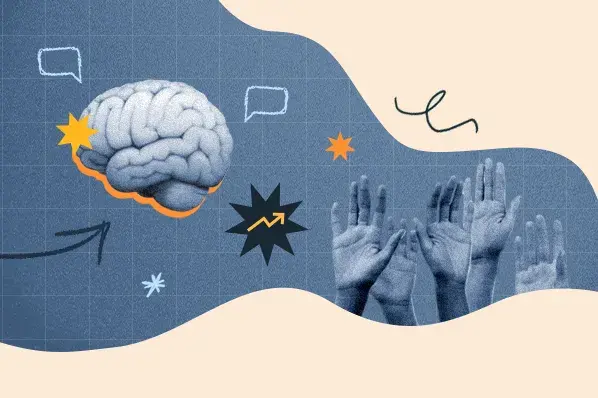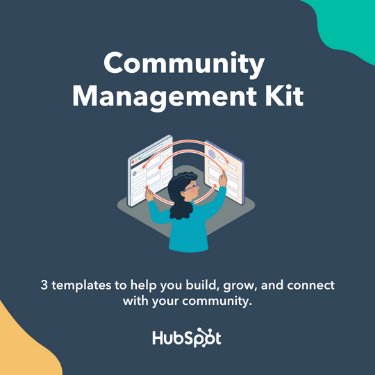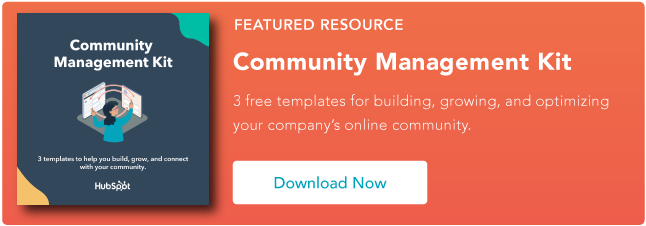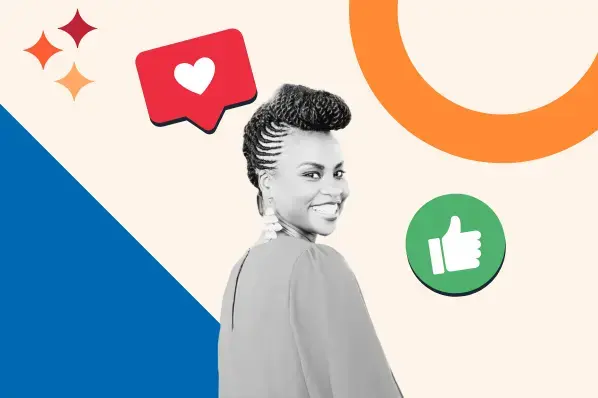In the latest episode of Marketing Against the Grain, we experimented with ChatGPT to develop a differentiated marketing strategy for acquiring the first 1,000 customers for a hypothetical SaaS product.
We aimed to bypass common ‘best practices’ and instead iterate on ideas that deviated from the norm or offered us a fresh angle, while still enabling us to quickly scale.
While the real-time integration of AI was the entertaining (and unpredictable) highlight of the episode, ChatGPT provided several suggestions to improve our marketing approaches by tapping into our brand’s audience and community.
Here are four of our favorites, along with practical tips, examples, and resources.
Four Differentiated Marketing Tactics Using Community and Audience
1. Pitch the problem (not just the solution).
One suggestion from ChatGPT that we love is to shape your brand messaging by highlighting your audience's specific challenges and pain points.
While most marketers focus on perfecting their message to highlight their product's strengths, the counter-intuitive approach embraces vulnerabilities to build deeper emotional connections and uses creativity and boldness to break through the noise.
It's about meeting your audience where they are and showing that you truly understand their struggles.
HubSpot did exactly this in its early days by directly addressing the core inefficiencies that sales, advertising, and marketing teams were facing with traditional outbound marketing.
At the time, advertising in the Yellow Pages was becoming ineffective as people were discarding phone books without even looking through them. TV ads were also losing their impact, as viewers fast-forwarded through commercials with their new DVRs.
HubSpot recognized these pain points, built a brand strategy around them, and then presented their inbound marketing solution as a superior alternative. The rest is history.
2. Flip the sales process.
Another effective tactic from our ChatGPT experiment is to reverse the traditional sales process.
For example, instead of the conventional approach of pushing your product, invite potential customers to engage in unique challenges or interactive events that indirectly demonstrate the limitations of their current solutions.
I love this method because it curates a personal and hands-on understanding of your product's solution and value.
A great example of this strategy is the Excel Olympics, which turned a well-known legacy software tool into a competitive event.
Participants competed in Excel-related challenges, showcasing the capabilities and benefits of the software in a new and entertaining way, eventually going viral on TikTok and Twitter and capturing millions of views on YouTube. Not bad for a software that's almost 40 years old.
3. Curate unexpected user experiences.
A third tactic suggested by ChatGPT is to create radical experiences that surprise and delight your audience.
While this might initially sound like an obvious suggestion, this approach goes well beyond simply having a standout product or feature.
Instead, it's about curating a brand experience that's so unique and engaging that it defies your audience's expectations and compels them to talk about it, building buzz and word of mouth.
A real-world example of this is multi-billion dollar company Mailchimp, which differentiated its email marketing brand so unconventionally that people continuously chose them over the competition — even if the competition was more technically advanced and well-known.
Why? Kieran says it best during the podcast: "Different is much more memorable, much more sticky."
4. Build your tribe.
A final idea from our ChatGPT experiment is to dedicate resources to fostering targeted, community-driven engagement.
For example, instead of focusing on broad market acquisition, concentrate on creating a loyal tribe of followers through mastermind groups, exclusive content, and member-only events.
These strategies develop a sense of belonging and advocacy, positioning your brand as a central hub for your audience.
One of Kipp’s favorite resources on this topic is Seth Godin's book, Tribes.
Here, Godin talks about the importance of leading and connecting people who share a common interest, resulting in an audience that effectively builds buzz by sharing their knowledge and positive experiences.
Applying Differentiated Marketing Tactics to Build a Strong Community
Turning your audience into a dedicated community elevates a brand to an entirely new level — but this requires resources, organization, and purpose.
Here are five practical tips to transform your audience into a loyal and engaged community, using the differentiated marketing tactics we’ve discussed and our Community Management Templates.
1. Assess the current landscape.
Determine where your audience engages, whether owned or unowned, and if they already identify as a community. This helps you understand your starting point and necessary adjustments.
2. Understand your community’s needs.
Figure out why your community exists and who it serves. Understanding the core needs of your members, like how HubSpot identified the inefficiencies faced by outbound sales teams, creates a focused and engaged community,
3. Map the member journey.
Understand the experiences of new, passive, engaged, and advocate members. Tailor your tactics to nurture each type of member and foster a thriving community.
For example, creating unique challenges or interactive events can engage members at different stages and showcase your product's corresponding strengths.
4. Address member needs.
Search and solve for the specific needs of your members. Providing real value — like masterminds or exclusive educational events — will delight your users and keep them engaged.
5. Develop and iterate member profiles.
Create and refine detailed buyer personas to represent different user types. These profiles help tailor your engagement strategies to meet the evolving needs of your diverse audience.
To watch our entire ChatGPT marketing experiment, check out the full episode of Marketing Against the Grain below:
This blog series is in partnership with Marketing Against the Grain, the video podcast. It digs deeper into ideas shared by marketing leaders Kipp Bodnar (HubSpot’s CMO) and Kieran Flanagan (SVP, Marketing at HubSpot) as they unpack growth strategies and learn from standout founders and peers.
Community Management








![Experts Share Top Tips for Community Management [+ Examples]](https://53.fs1.hubspotusercontent-na1.net/hubfs/53/ft-community.webp)




